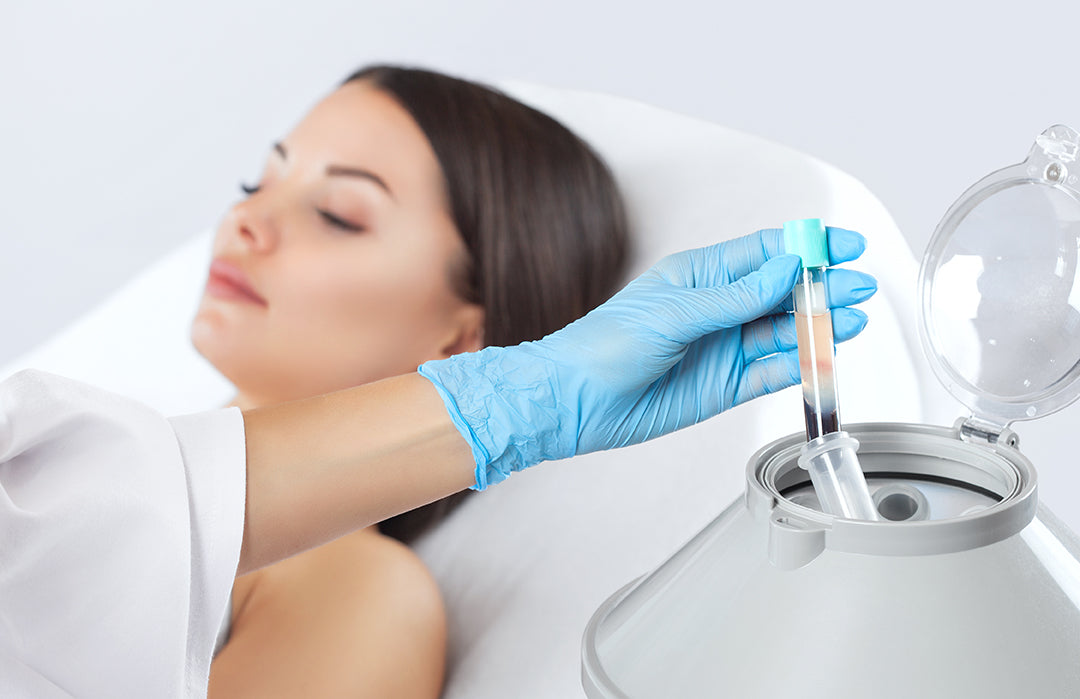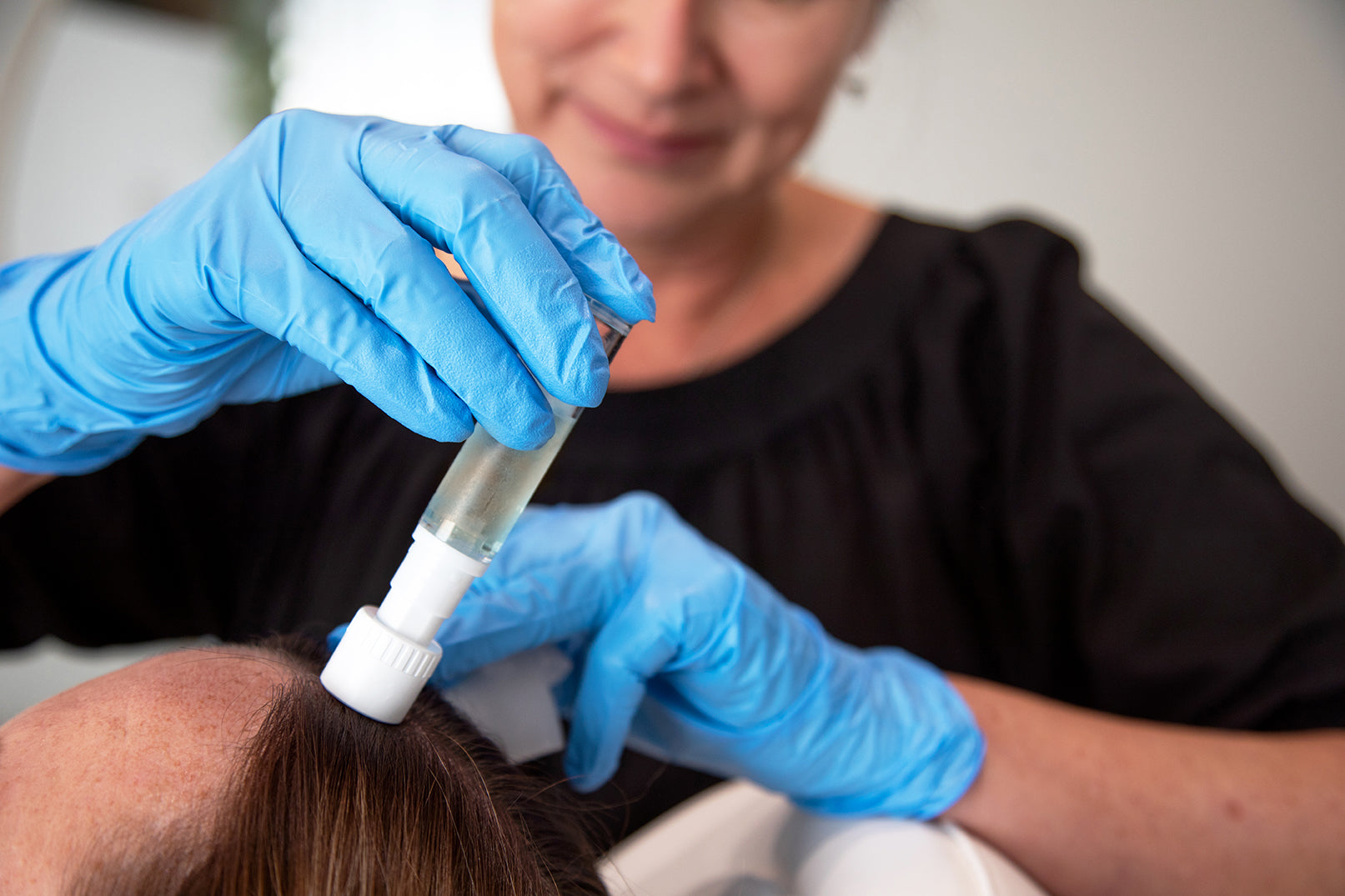Revitalise your skin or hair with Platelet-Rich Plasma (PRP)
PRP (Platelet-Rich Plasma) facial is a cosmetic treatment that uses your own blood to rejuvenate skin or promote hair growth by stimulating collagen and elastin production, improving texture, and addressing concerns like wrinkles and scars.





